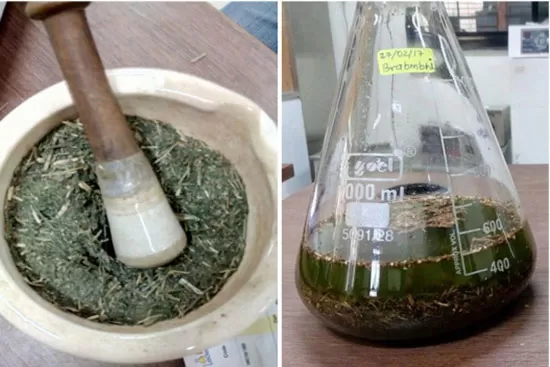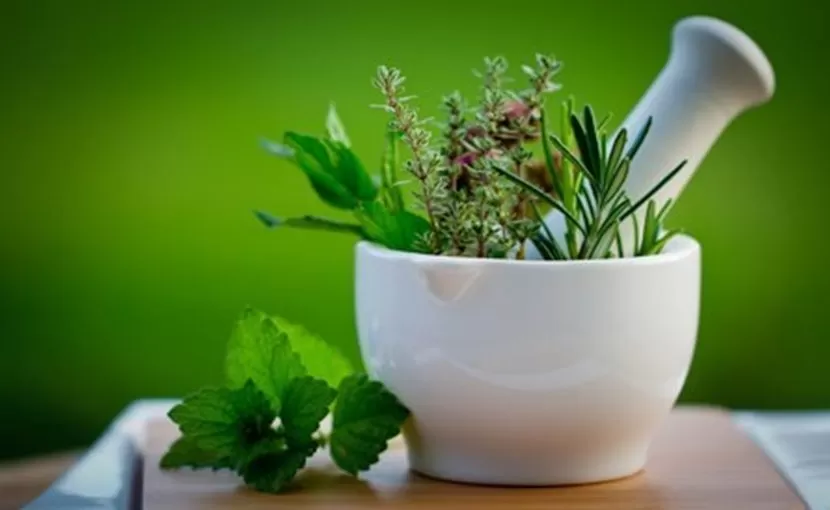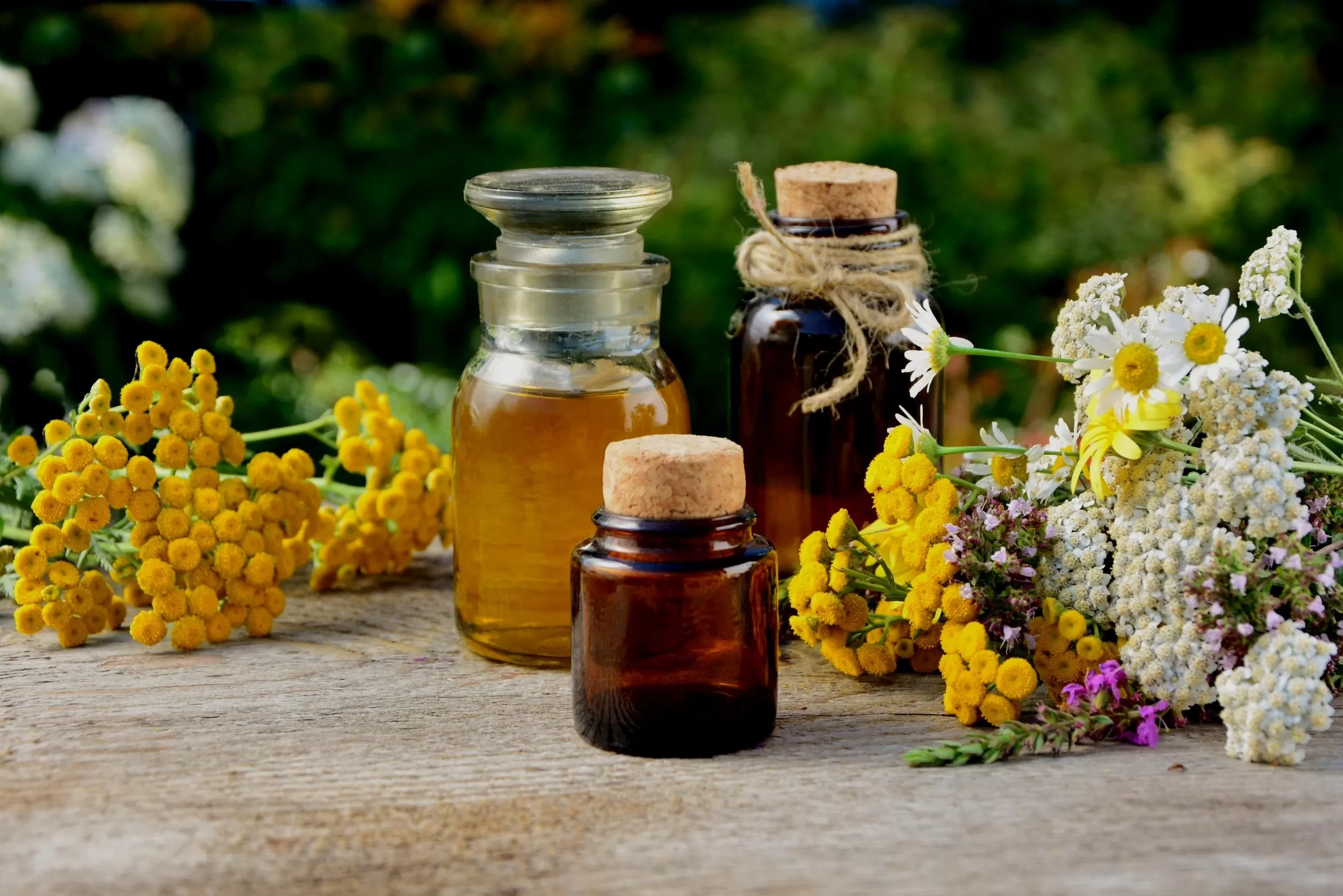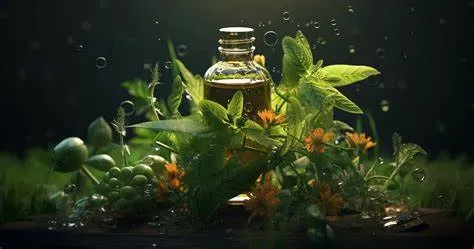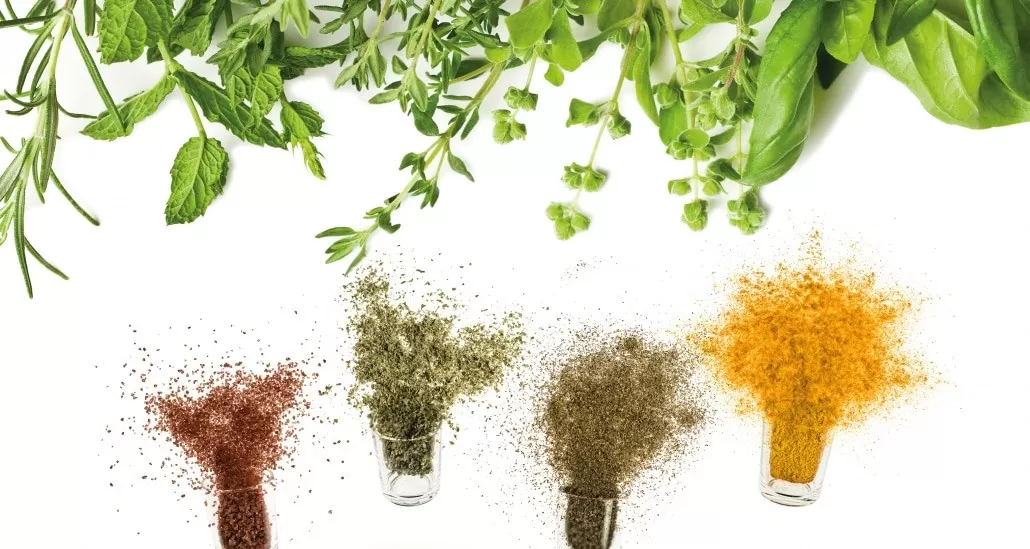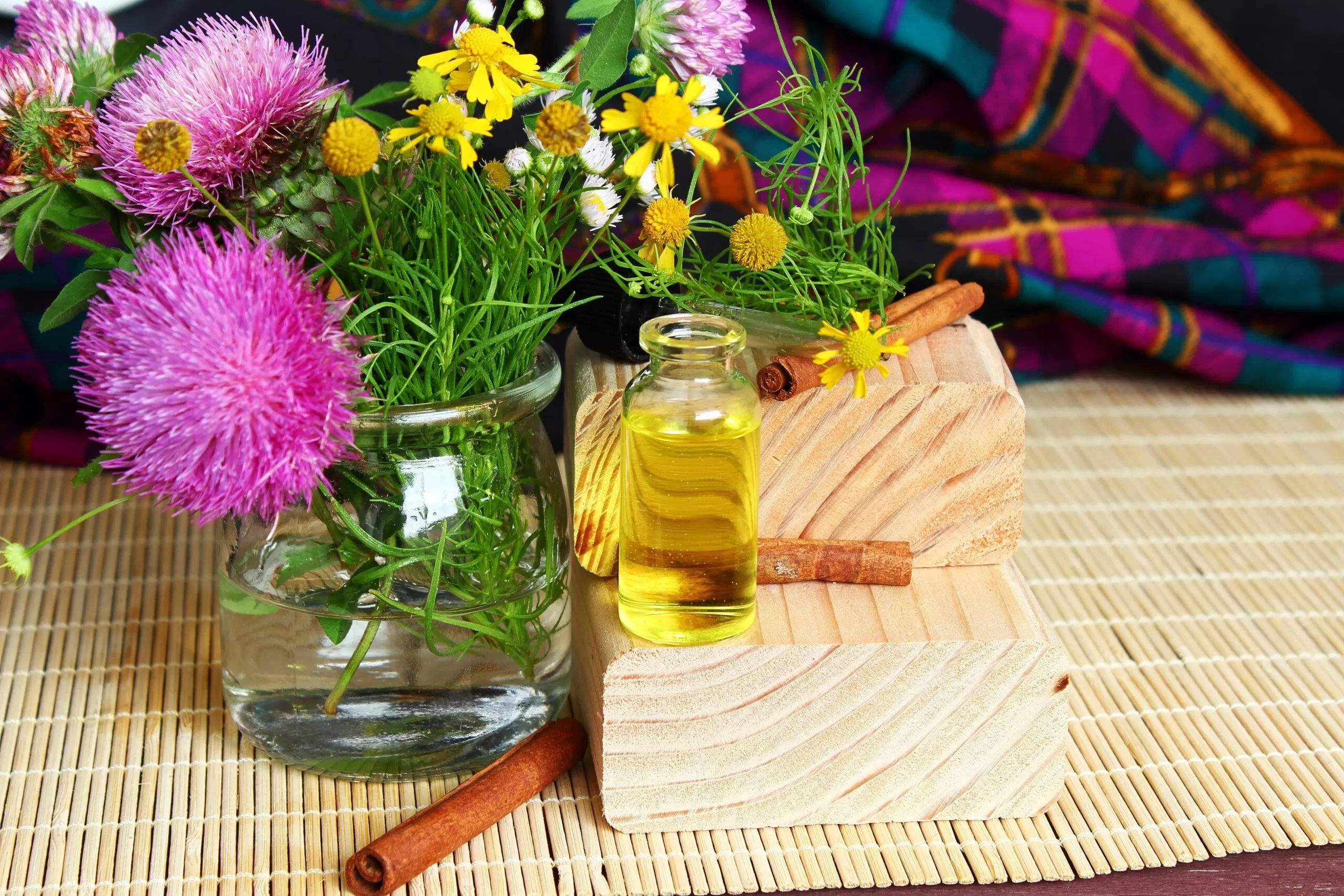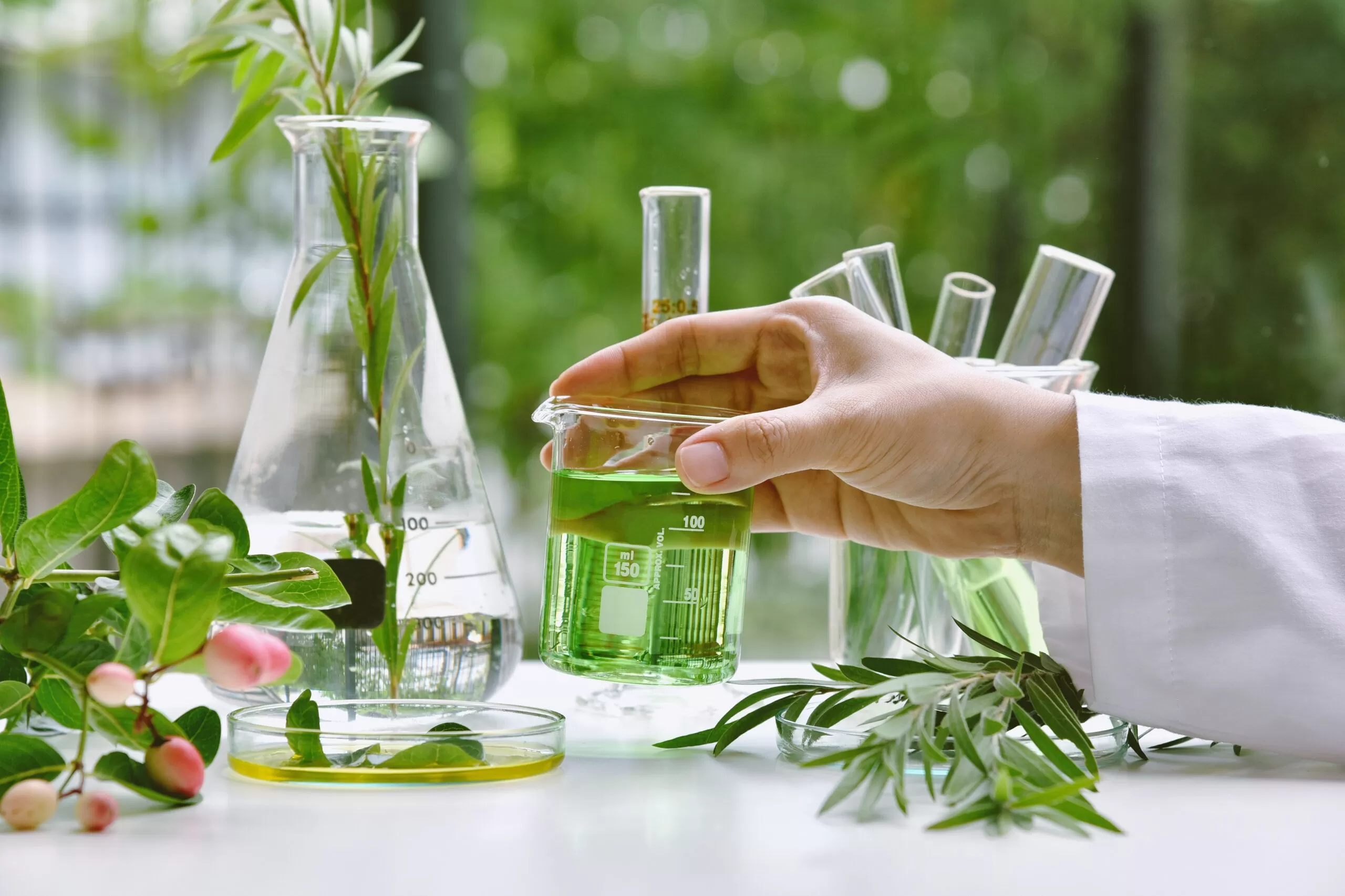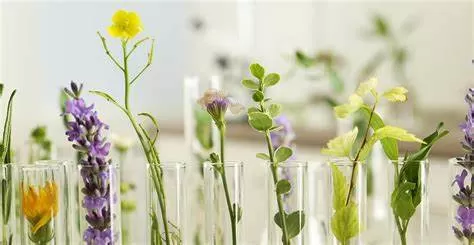- 0086-571-85302990
- sales@greenskybio.com
Distilling the Essence: The Art and Science of Plant Distillation
2024-08-12
Introduction
Plant distillation is a remarkable process that combines both art and science. It has been practiced for centuries, and its importance has only grown in the modern era. The essences obtained from plant distillation are used in a wide range of applications, from the perfume industry to the production of natural remedies and high - quality food products.
Methods of Plant Distillation
Steam Distillation
Steam distillation is one of the most common methods used in plant distillation. It involves the passage of steam through the plant material. The steam helps to vaporize the essential oils present in the plants. Here are the steps involved:
- The plant material is first placed in a distillation apparatus. This apparatus is typically made of glass or metal and is designed to withstand the heat and pressure involved in the distillation process.
- Steam is then introduced into the apparatus. The steam penetrates the plant material, causing the essential oil molecules to become volatile and mix with the steam.
- The mixture of steam and essential oil vapors then rises through the apparatus and is directed towards a condenser. The condenser cools the vapors, causing them to condense back into a liquid state.
- The condensed liquid, which contains both water and the essential oil, is then collected in a separate container. Since essential oils are not soluble in water, they can be separated from the water through a process known as decantation or by using a separating funnel.
Steam distillation is advantageous because it is a relatively gentle method that can be used for a wide variety of plant materials. It helps to preserve the integrity of the essential oils, ensuring that their chemical composition remains relatively intact. However, it does require a certain level of technical expertise and equipment to be carried out effectively.
Hydro - distillation
Hydro - distillation is another method of plant distillation. In this method, the plant material is submerged in water and then heated. The heat causes the water to boil, and as the water vaporizes, it carries the essential oil vapors with it. The steps are as follows:
- The plant material is placed in a distillation flask filled with water. The ratio of plant material to water depends on the type of plant and the desired yield of essential oil.
- The flask is then heated, usually on a heat source such as a gas burner or an electric heating mantle. As the water heats up, it begins to boil, and the steam rises through the plant material.
- Similar to steam distillation, the mixture of steam and essential oil vapors is then condensed in a condenser. The condensed liquid is collected in a receiver.
- Again, the essential oil needs to be separated from the water, which can be done using methods like decantation or filtration.
Hydro - distillation can be a more suitable method for some plants that have a high oil content or for plants that are difficult to distill using steam distillation alone. However, it may also result in a slightly different chemical composition of the essential oil compared to steam distillation, as the plant material is in direct contact with water during the process.
Factors Affecting the Final Product
Plant Type
Different plant types yield different essential oils with distinct properties. For example:
- Lavender plants are known for producing an essential oil that has a calming and relaxing effect. The chemical composition of lavender essential oil includes compounds such as linalool and lavandulyl acetate, which contribute to its characteristic scent and therapeutic properties.
- Peppermint plants, on the other hand, produce an essential oil that is known for its refreshing and cooling properties. Peppermint essential oil contains high levels of menthol, which gives it its characteristic minty smell and the ability to soothe minor aches and pains.
- Rose plants produce a highly prized essential oil that has a complex and luxurious scent. The essential oil of roses contains a variety of compounds, including geraniol and citronellol, which are responsible for its floral aroma.
The type of plant used in distillation is a crucial factor in determining the quality and properties of the final essential oil product.
Plant Quality
The quality of the plant material also has a significant impact on the final product. Here are some aspects to consider:
- Harvesting Time: The time at which the plant is harvested can greatly affect the quality of the essential oil. For example, if a plant is harvested too early or too late, it may not contain the optimal amount of essential oil or the chemical composition of the oil may be altered. For lavender, it is typically best to harvest when the flower buds are just beginning to open.
- Growing Conditions: The environment in which the plant is grown, including factors such as soil quality, sunlight exposure, and water availability, can influence the quality of the essential oil. Plants grown in nutrient - rich soil and with adequate sunlight are more likely to produce high - quality essential oils. For example, citrus trees grown in regions with warm, sunny climates and well - drained soil tend to produce essential oils with a more intense and characteristic aroma.
- Storage and Handling: Proper storage and handling of the plant material before distillation are essential. If the plant material is not stored correctly, it may become contaminated or deteriorate, leading to a lower - quality essential oil. For example, plant material should be stored in a cool, dry place to prevent mold growth and degradation of the essential oil - containing compounds.
Significance of Plant Distillation in the Modern Era
In the modern era, plant distillation has several important significance:
- In the Perfume Industry: Essential oils obtained from plant distillation are the heart and soul of many perfumes. They provide the unique scents that distinguish one perfume from another. High - quality essential oils are carefully blended by perfumers to create complex and alluring fragrances. For example, the use of jasmine essential oil in perfumes imparts a sweet, floral note that is highly prized in the perfume - making world.
- In Natural Remedies: Plant - distilled essences are widely used in natural and alternative medicine. For instance, eucalyptus essential oil is used in inhalation therapies to relieve congestion and respiratory problems. Tea tree essential oil has antibacterial and antifungal properties and is used in topical applications to treat skin infections. These natural remedies are becoming increasingly popular as people seek more holistic and natural approaches to health.
- In the Food and Beverage Industry: Essential oils are used as flavorings in the food and beverage industry. For example, vanilla essential oil is used to add a rich, sweet flavor to desserts and beverages. Lemon essential oil can be used to add a refreshing citrus flavor to baked goods, salads, and drinks. The use of natural essential oils as flavorings is preferred by many consumers who are looking for more natural and less artificial additives in their food.
Conclusion
Plant distillation is a complex and multi - faceted process that combines art and science. The choice of distillation method, along with factors such as plant type and quality, all play a crucial role in determining the quality of the final essential oil product. In the modern era, the essences obtained from plant distillation are of great significance in various industries, from perfumery to natural medicine and food production. As our understanding of plants and their chemical compositions continues to grow, so too will the potential applications and importance of plant distillation.
FAQ:
What are the main methods of plant distillation?
There are mainly two common methods of plant distillation. Steam distillation involves passing steam through the plant material. The steam helps to carry the volatile compounds from the plant, which are then condensed to obtain the essence. Hydro - distillation, on the other hand, involves boiling the plant material in water. The resulting vapor, which contains the essential oils, is then condensed. Both methods have their own advantages and are used depending on the type of plant and the desired outcome.
How does plant type influence the distillation process?
Different plant types have different chemical compositions. Some plants may have a higher concentration of volatile compounds, while others may have compounds that are more difficult to extract. For example, plants with thick and waxy cuticles may require different distillation parameters compared to those with more porous tissues. Also, the size and structure of the plant parts, such as leaves, flowers, or roots, can affect how the steam or water interacts with the plant during distillation.
What role does plant quality play in plant distillation?
High - quality plants generally yield better - quality essences. If the plants are fresh, properly harvested, and free from diseases and pests, they are more likely to contain a full complement of volatile compounds. Older or damaged plants may have lost some of their essential oils or may have undergone chemical changes that can affect the final product. For example, plants that have been exposed to excessive sunlight or poor soil conditions may not produce as high - quality an essence as those grown in optimal conditions.
What are the applications of plant - distilled essences?
Plant - distilled essences have a wide range of applications. In the perfume industry, they are used as base notes or top notes to create unique scents. In the food and beverage industry, some essences are used as flavorings. For example, orange essence can be used to add a natural orange flavor to products. In the pharmaceutical and cosmetic industries, plant essences may have therapeutic properties or be used for their skin - enhancing effects. They can also be used in aromatherapy to promote relaxation or other psychological and physiological benefits.
Can plant distillation be carried out at home?
It is possible to carry out simple forms of plant distillation at home, but it requires caution. Small - scale steam distillation kits are available for home use. However, it is important to follow safety guidelines as dealing with heat and potentially flammable substances is involved. Also, home - distilled essences may not be of the same quality as those produced in a commercial setting with more precise equipment and quality control measures. Additionally, some plants may be protected or require special permits for distillation, so it is necessary to check the local regulations.
Related literature
- Plant Distillation: Principles and Practices"
- "The Science of Extracting Essences from Plants through Distillation"
- "Advanced Techniques in Plant Distillation for High - Quality Product Formation"
- ▶ Hesperidin
- ▶ citrus bioflavonoids
- ▶ plant extract
- ▶ lycopene
- ▶ Diosmin
- ▶ Grape seed extract
- ▶ Sea buckthorn Juice Powder
- ▶ Beetroot powder
- ▶ Hops Extract
- ▶ Artichoke Extract
- ▶ Reishi mushroom extract
- ▶ Astaxanthin
- ▶ Green Tea Extract
- ▶ Curcumin Extract
- ▶ Horse Chestnut Extract
- ▶ Other Problems
- ▶ Boswellia Serrata Extract
- ▶ Resveratrol Extract
- ▶ Marigold Extract
- ▶ Grape Leaf Extract
- ▶ blog3
- ▶ blog4
- ▶ blog5
-
What are extracts made of?
2024-08-12
-
Extract Usage: A Comprehensive Guide
2024-08-12
-
Are plant extracts good for you?
2024-08-12
-
What are plant-based extracts?
2024-08-12
-
What Is a Plant Extract? A Deep Dive
2024-08-12
-
Berberis aristata Extract
2024-08-12
-
Bitter Melon Extract
2024-08-12
-
Beta Carotene
2024-08-12
-
Bilberry Extract
2024-08-12
-
Artichoke Leaf Extract
2024-08-12
-
Cocoa Extract
2024-08-12
-
Epimedium extract powder
2024-08-12
-
Dan Shen Root Extract/Salvia Root Extract
2024-08-12
-
Bayberry Extract
2024-08-12
-
Tongkat Ali Extract
2024-08-12











